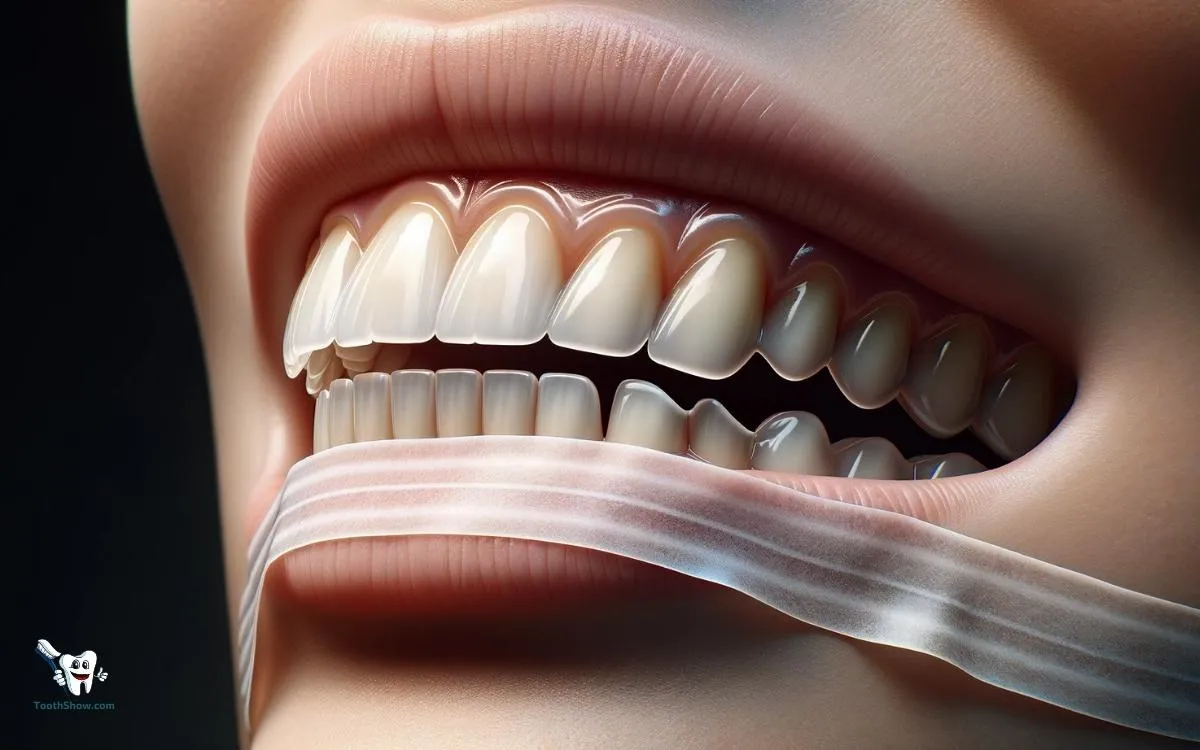Understanding Crooked Teeth and Whitening
Having a bright, white smile is a common desire, but crooked teeth can present a unique challenge to achieving that goal. Crooked teeth, also known as malocclusion, can affect not only the aesthetics of your smile but also your oral health. Fortunately, there are effective ways to address both the alignment and the color of your teeth, allowing you to achieve a brighter, more confident smile. This guide explores the complexities of crooked teeth whitening, providing insights into the causes of crooked teeth, the impact they have, and the various whitening options available, ensuring you can make informed decisions about your dental care. The journey to a brighter smile starts with understanding the basics.
Causes of Crooked Teeth
Understanding the causes of crooked teeth is the first step in addressing the issue effectively. Crooked teeth can result from a combination of genetic factors, environmental influences, and habits developed during childhood. Identifying the root cause helps in determining the most appropriate treatment plan. Several factors contribute to the development of malocclusion, making it a multifaceted issue. It’s important to know the different reasons for crooked teeth, so you can inform your dentist to provide a more custom-tailored approach.
Genetics and Hereditary Factors

Genetics often play a significant role in the alignment of teeth. If one or both parents had crooked teeth, there’s a higher likelihood that their children will experience the same. Jaw size and shape are genetically determined, and discrepancies between the size of the teeth and the jaw can lead to overcrowding or misalignment. The size of the teeth and the space available in the jaw can vary significantly from person to person, often dictated by genetic predispositions. This inherited trait can affect the alignment of teeth.
Early Childhood Habits
Early childhood habits can also contribute to crooked teeth. Prolonged thumb-sucking, pacifier use, and tongue-thrusting can exert pressure on the teeth and jaws, leading to misalignment. These habits, if continued for an extended period, can change the position of the teeth and the shape of the palate. Early intervention, such as addressing these habits with the help of a dentist or orthodontist, can prevent or minimize the impact on tooth alignment.
Impact of Crooked Teeth
The impact of crooked teeth extends beyond aesthetics. Crooked teeth can have significant consequences for both oral health and overall well-being. From difficulties in cleaning to potential psychological effects, understanding these impacts is crucial for seeking timely and appropriate treatment. Addressing these issues not only improves the appearance of your smile but also contributes to better oral health and enhanced self-esteem. Crooked teeth can impact the way your teeth and mouth work in several ways.
Aesthetic Concerns
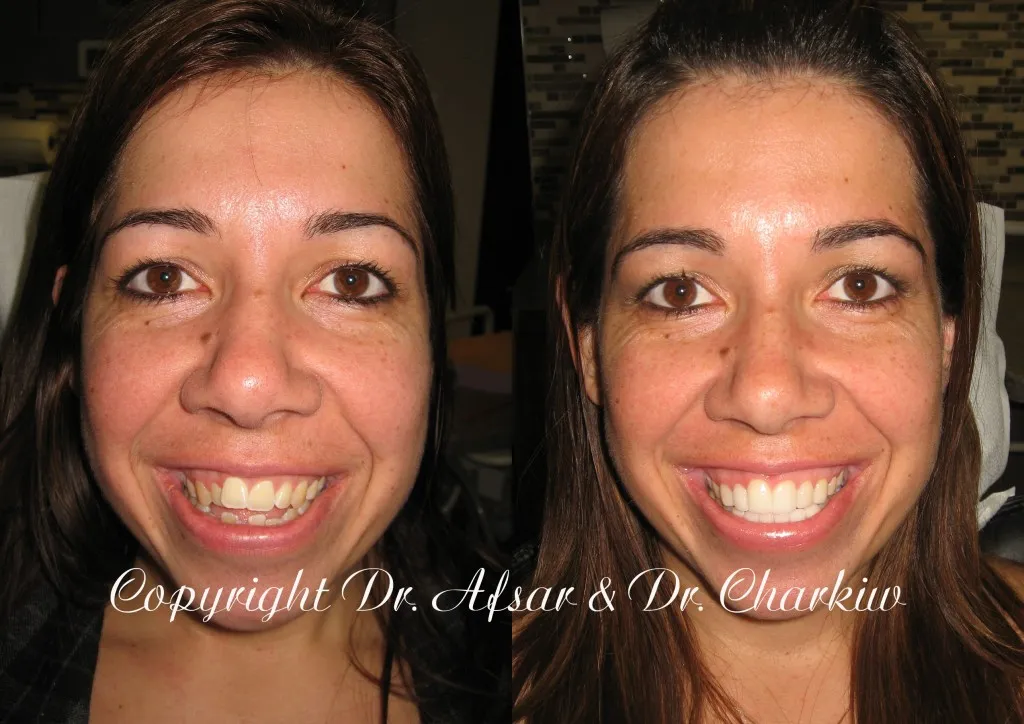
One of the most apparent impacts of crooked teeth is their effect on appearance. Misaligned teeth can detract from the overall aesthetics of a smile, leading to self-consciousness and reduced confidence. Many people feel embarrassed about their crooked teeth, which can impact their social interactions and self-image. The desire for a straighter, more attractive smile is a primary motivator for seeking orthodontic treatment and cosmetic procedures. The visual aspect of crooked teeth is often the first thing people notice.
Oral Health Issues
Crooked teeth can create challenges for maintaining good oral hygiene, increasing the risk of dental problems. Overlapping teeth are harder to clean effectively, which can lead to a buildup of plaque and tartar. This can result in tooth decay, gum disease, and bad breath. Furthermore, misaligned bites can cause uneven wear and tear on the teeth, leading to premature damage. Addressing crookedness through orthodontic treatment can significantly improve oral health.
Whitening Options for Crooked Teeth
Whitening crooked teeth requires a strategic approach, as the effectiveness of whitening treatments can be influenced by tooth alignment. While the underlying issue of crookedness needs to be addressed separately, several options are available to enhance the brightness of your smile. It’s important to consider the best approach to achieve the desired results. The choice of whitening method should consider the degree of crookedness and the overall health of your teeth. Combining whitening with orthodontic treatments can lead to a more comprehensive and satisfying outcome.
Professional Teeth Whitening
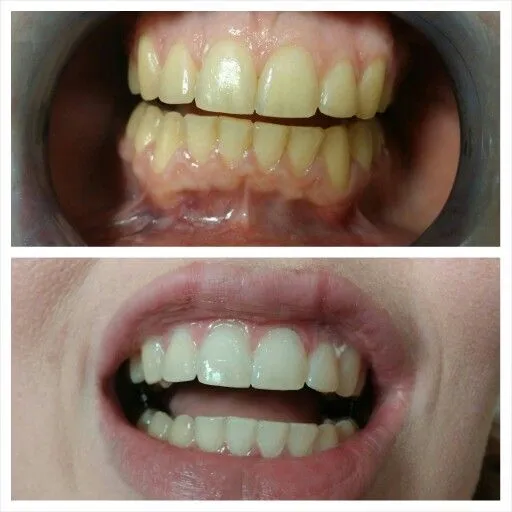
Professional teeth whitening, performed by a dentist, is one of the most effective ways to whiten teeth. These treatments typically involve the use of high-concentration peroxide gels that are applied to the teeth. The dentist will monitor the process to ensure safety and optimal results. Professional whitening can achieve significant results in a relatively short amount of time, making it a popular choice for many. Prior to whitening, the dentist may recommend a cleaning to remove surface stains and enhance the whitening effect.
In-Office Whitening Treatments
In-office whitening treatments provide immediate and dramatic results. The dentist applies a strong whitening agent to the teeth, which is often activated by a special light or laser. This process can be completed in a single visit, and patients often see a noticeable improvement in the shade of their teeth. In-office treatments are ideal for those seeking quick and significant whitening, and they offer the advantage of professional supervision. The dentist can also address any sensitivity issues that may arise during the process.
At-Home Whitening Kits
At-home whitening kits offer a convenient and more affordable option for teeth whitening. These kits typically include custom-fitted trays and whitening gel, which the patient uses at home according to the dentist’s instructions. While at-home kits may take longer to produce noticeable results compared to in-office treatments, they can still be effective. It’s essential to consult with your dentist before using an at-home kit to ensure it is appropriate for your specific needs and to prevent potential issues. The dentist can guide you on proper usage and address any concerns.
Whitening Toothpastes and Rinses
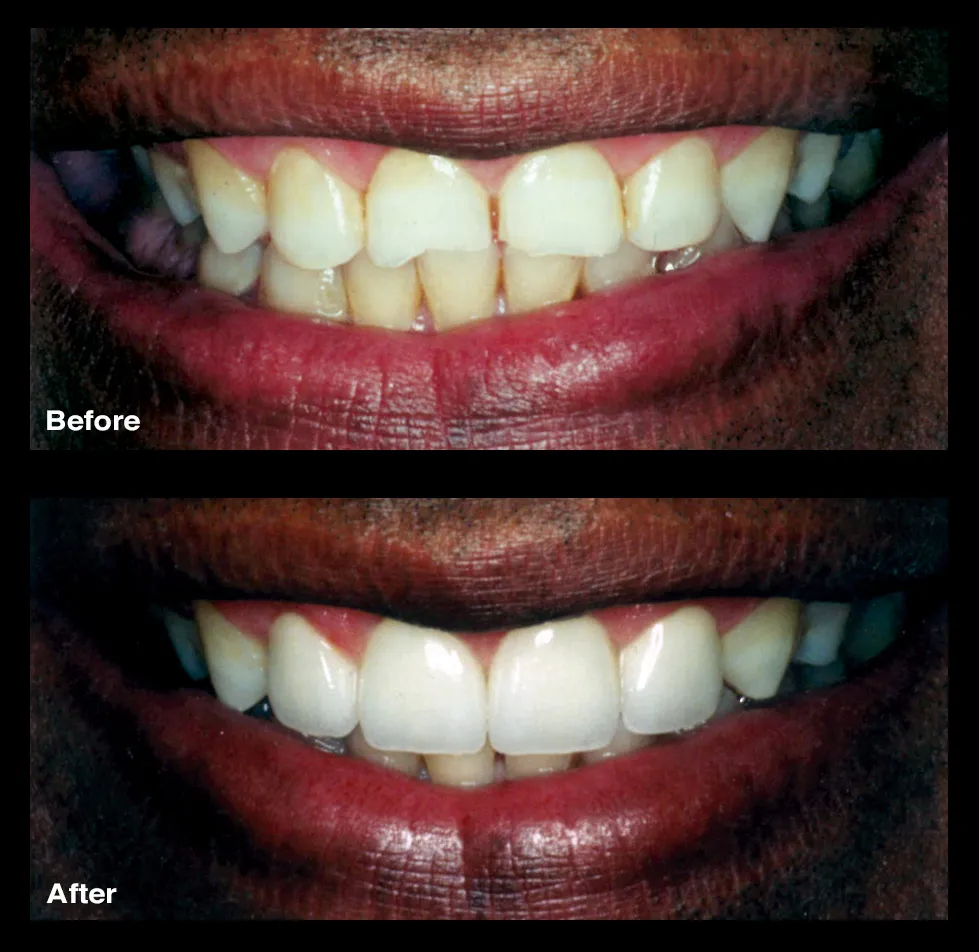
Whitening toothpastes and mouth rinses are readily available over-the-counter and can help maintain the brightness of your teeth. These products often contain mild abrasives and whitening agents that remove surface stains. However, they are not as effective as professional treatments for more severe discoloration. Whitening toothpastes and rinses are best used as part of a comprehensive oral hygiene routine. They can help keep your teeth clean and bright. Be cautious about overuse, as excessive brushing can potentially wear down enamel.
Addressing Crookedness Before Whitening
Before undergoing teeth whitening, it’s often beneficial to address any underlying issues related to crookedness. Straightening your teeth can enhance the overall appearance of your smile and improve the effectiveness of whitening treatments. Several orthodontic and cosmetic options are available. The choice of treatment depends on the severity of the misalignment and your personal preferences. Discussing these options with your dentist or orthodontist can help determine the most suitable course of action.
Orthodontic Treatments
Orthodontic treatments, such as braces and clear aligners, are the most effective methods for straightening teeth. Braces use brackets and wires to gradually shift teeth into the correct positions. Clear aligners, like Invisalign, are a more discreet option that uses a series of custom-made, removable trays. Both methods can correct a wide range of alignment issues. Orthodontic treatment can take several months to a few years, depending on the complexity of the case. Regular check-ups with your orthodontist are necessary to monitor progress and make adjustments.
Invisalign for Teeth Straightening
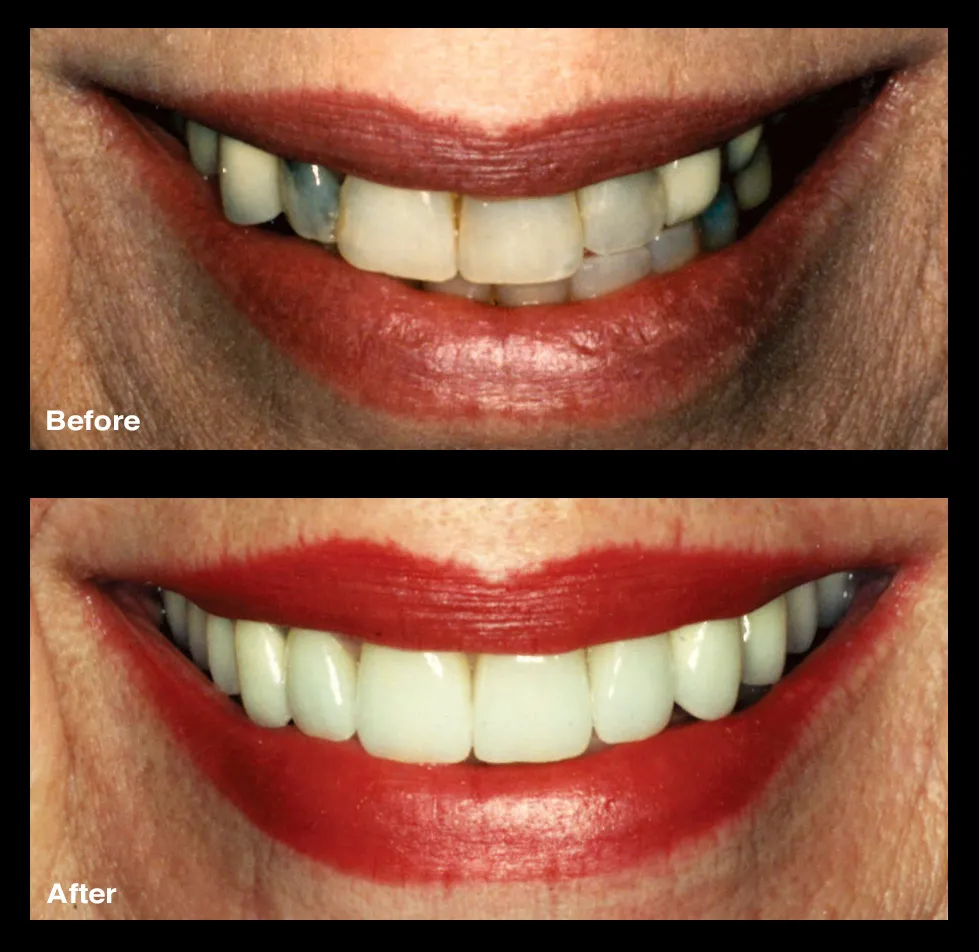
Invisalign offers a virtually invisible way to straighten teeth using clear aligners. These aligners are custom-made to fit your teeth and are replaced every few weeks as your teeth gradually move into alignment. Invisalign is a popular choice for adults and teenagers who prefer a more aesthetically pleasing treatment option compared to traditional braces. The aligners are removable, allowing you to eat, brush, and floss normally. Invisalign treatment is effective for a variety of alignment issues and can often produce results in a shorter time frame than traditional braces.
Dental Veneers and Bonding
Dental veneers and bonding can be used to address minor crookedness and improve the appearance of teeth. Veneers are thin, custom-made shells that are bonded to the front surface of the teeth, while bonding involves applying a tooth-colored resin to reshape the teeth. These cosmetic procedures can create the illusion of straighter teeth and can also address discoloration and other aesthetic concerns. Veneers and bonding offer quick solutions, but they may not be suitable for all cases of crookedness. They are best for minor imperfections and cosmetic enhancements. Discuss the pros and cons with your dentist.
The Importance of Consultation
Before beginning any teeth whitening or straightening treatment, it’s crucial to consult with a dentist or orthodontist. A professional evaluation will help determine the best approach for your specific needs and ensure the safety and effectiveness of the treatments. The consultation involves a thorough examination of your teeth and gums. The dentist will assess the degree of crookedness, any existing dental issues, and your overall oral health. This is an important step in the process. It helps the dentist create a personalized treatment plan.
Choosing the Right Whitening Method
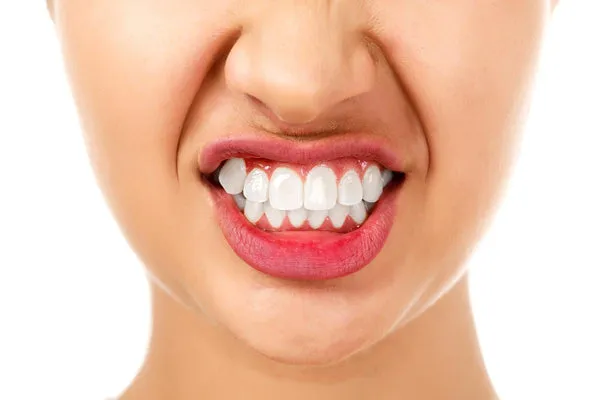
Choosing the right whitening method depends on several factors, including the severity of the discoloration, the degree of crookedness, and your budget and preferences. Your dentist can help you weigh the pros and cons of each option and recommend the most appropriate treatment plan. Professional whitening provides the most dramatic results, while at-home kits offer convenience and affordability. It is important to balance your desired outcome with the recommended approach. Consider your lifestyle and ability to commit to the treatment. Always seek professional advice before making a decision.
Evaluating Your Options
During your consultation, your dentist will discuss the various whitening options available and their suitability for your situation. This may include in-office whitening, at-home kits, or a combination of both. They will also consider your existing dental work, such as fillings or crowns, as whitening treatments do not affect these materials. Be prepared to ask questions and express your concerns. You want to make sure the dentist is choosing the correct treatment plan that considers your unique needs and goals.
Consulting with a Dentist
Consulting with a dentist is essential for safe and effective teeth whitening. The dentist will assess your oral health and determine if you are a suitable candidate for whitening treatments. They can also address any underlying issues, such as tooth decay or gum disease, before proceeding with whitening. The dentist will create a personalized treatment plan that considers your specific needs and goals. Follow your dentist’s instructions carefully to minimize the risk of complications and maximize the results. Regular check-ups and follow-up appointments are important for maintaining your bright smile.
Maintaining a Bright Smile
Maintaining a bright smile requires a combination of good oral hygiene practices, dietary considerations, and regular dental check-ups. After undergoing teeth whitening or straightening treatments, it’s important to take steps to protect and preserve your results. This will ensure that your teeth remain bright and healthy for a long time. Simple habits can make a big difference in maintaining a beautiful smile. Consistency is key to seeing lasting results and preventing future issues. Make sure you continue your routine after your treatments.
Oral Hygiene Practices
Brushing your teeth twice a day with fluoride toothpaste is a cornerstone of good oral hygiene. Flossing daily removes plaque and food particles from between your teeth, where a toothbrush cannot reach. Using an antimicrobial mouthwash can help reduce bacteria and further protect your teeth and gums. Regular brushing and flossing are essential for removing surface stains. This helps prevent new discoloration and maintain the brightness of your teeth. Proper oral hygiene also helps prevent the buildup of plaque and tartar.
Dietary Considerations
Certain foods and drinks can stain your teeth and diminish the effects of whitening treatments. Limiting consumption of coffee, tea, red wine, and dark-colored berries can help maintain your bright smile. If you do consume these items, consider using a straw to minimize contact with your teeth. After consuming staining foods or drinks, rinsing your mouth with water can also help. Eating a balanced diet rich in fruits, vegetables, and dairy products supports overall oral health. Maintaining a healthy diet will help with oral hygiene.
Regular Dental Check-ups
Regular dental check-ups and cleanings are essential for maintaining a bright and healthy smile. Your dentist can remove any surface stains that have accumulated and provide professional advice on maintaining your oral health. During your check-up, the dentist will also examine your teeth for any signs of decay or other issues that need to be addressed. Regular dental visits can prevent the need for more extensive treatments in the future. Follow your dentist’s recommendations for check-up frequency. Doing so will keep your smile healthy and bright.
